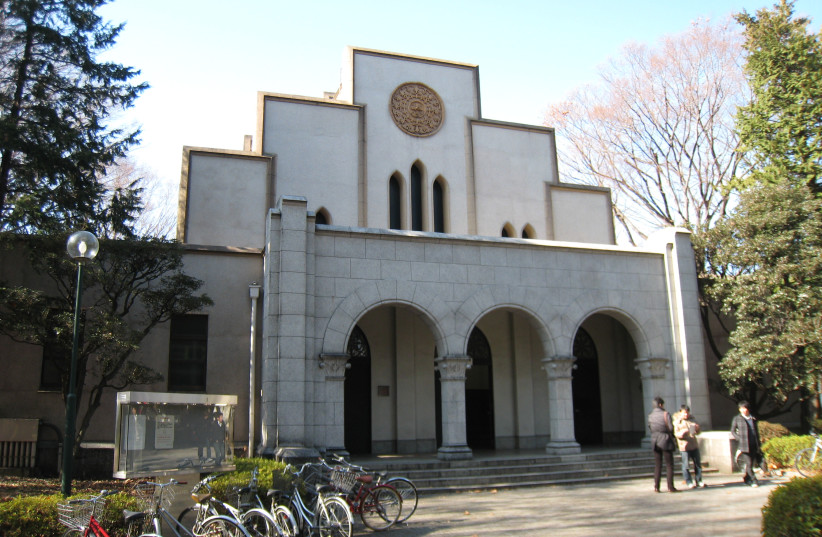The Underwater Archaeology branch of the US Naval History and Heritage Command (NHHC) last week confirmed the identity of the World War II submarine the USS Albacore, which was lost at sea on November 7, 1944.
The branch used images and data provided by Dr. Tamaki Ura from the University of Tokyo to confirm the submarine, found off the coast of Hokkaido, Japan, is in fact the USS Albacore.
Ura used records from the Japan Center for Asian Historical Records on the loss of the submarine in his research. The location mentioned in the records matched an effort by Underwater Archaeology Branch volunteers to find the shipwreck.
Researchers used Remotely Operated Vehicle to confirm data
A team led by Ura collected data using a Remotely Operated Vehicle in order to verify the data. Although it was challenging to fully document the wreck or obtain comprehensive images of the shipwreck due to poor visibility, currents and marine growth, the team was able to identify some features of a Gato-class submarine from 1944.

“As the final resting place for Sailors who gave their life in defense of our nation, we sincerely thank and congratulate Dr. Ura and his team for their efforts in locating the wreck of Albacore.”
US Navy rear admiral (retired) Samuel J. Cox
The team also found indications of modifications that were known to have been made to Albacore, including an SJ Radar dish and mast, a row of vent holes on top of the superstructure and the lack of steel plates along the upper edge of the fairwater.
“As the final resting place for sailors who gave their lives in defense of our nation, we sincerely thank and congratulate Dr. Ura and his team for their efforts in locating the wreck of Albacore,” said US Navy rear admiral (retired) Samuel J. Cox, director of the NHHC. “It is through their hard work and continued collaboration that we could confirm Albacore’s identity after being lost at sea for over 70 years.”
